£220m proposals target millions of visitors to cold war labyrinth
Wilkinson Eyre has formally submitted its proposals to turn London’s Kingsway Exchange Tunnels into a subterranean tourist attraction that will draw in up to 2 million visitors a year.
The practice revealed details of the plans for the tunnel network 40m below High Holborn in autumn last year, as part of a pre-application consultation.
Now the project for client London Tunnels Ltd, a private company run by Australian banker Angus Murray and backed by a private equity fund, has taken a step forward with the submission of plans to the City of London Corporation and the London Borough of Camden.
The tunnel network, which straddles the boundary between both boroughs, extends to more than 8,000sq m. It was originally begun as a public shelter for Londoners during World War Two, but later served as the headquarters of a covert Special Operations Executive branch that employed professional saboteurs to aid the British war effort.
The complex continued in use during the cold war and even underwent an expansion that created London’s deepest licensed bar. Author Ian Fleming worked in the tunnels in the 1940s, and they were the inspiration for James Bond’s “Q Branch”. The complex was decommissioned in the 1980s but remained in the ownership of BT.
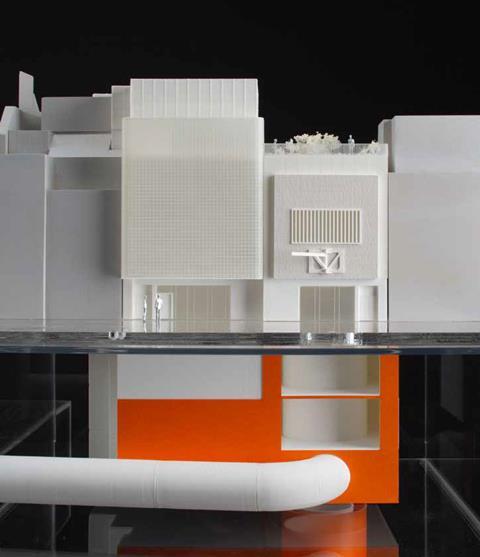
Originally there were four entrances to the tunnels, but new development has blocked two. Under Wilkinson Eyre’s proposals the main entrance for the tunnels would be via a widened shaft at Furnival Street, south of High Holborn.
The practice’s plans call for the demolition and reconstruction of the existing building at 38-39 Furnival Street, where the lift shaft is located, and the redevelopment of 40-41 Furnival Street for the attraction’s main entrance. Above the ground floor of the new building at 40-41 Furnival Street would be two floors of retail space and two floors of office space. Both structures would have three basement levels.
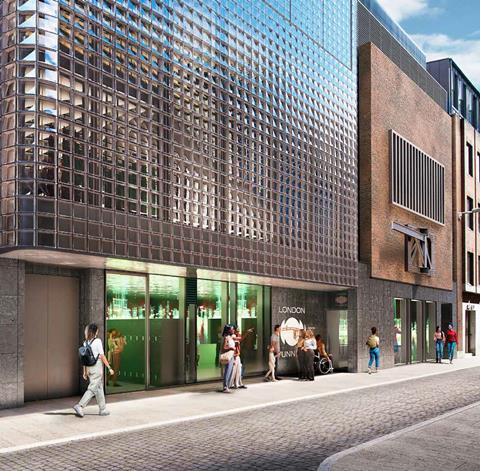
The second entrance to the tunnels – and the primary access route for people visiting the proposed underground bar – would be at 31-33 High Holborn, which used to serve as the entrance to Chancery Lane Underground Station. The plans involve refurbishment and structural alterations to the ground floor and basement levels of the building, which also provides access to Fulwood Place.
Wilkinson Eyre said the tunnels themselves would require full strip-out and repair, including the removal or encapsulation of asbestos. The attraction will deliver a permanent heritage trail, a suite of temporary exhibition spaces and a new bar on the site of the 1960s heritage bar and recreation rooms.
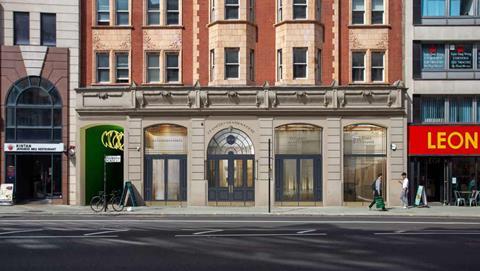
Its design and access statement said the heritage section would allow visitors to engage with key historical moments linked to the tunnels’ use – from the 1940s through to the cold war and the Cuban Missile Crisis.
“Relevant existing infrastructure will be restored and interpreted in a dynamic manner that will bring the rich history to life,” it said.
The tunnels currently host a transatlantic telephone cable that acted as the “hotline” between Washington and Moscow during the Cuban Missile Crisis.
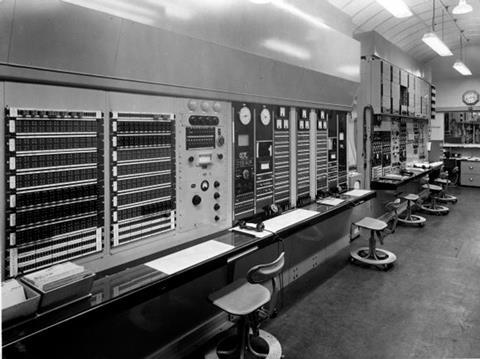
The design and access statement said “innovative digital-led experiences” would be developed for the flexible gallery spaces, and that they would sometimes be combined with physical installations.
“It is intended that The London Tunnels will attract modern innovative content via a convergence of digital art and immersive technology through a new in-house initiative to be called ‘T-LAB’,” it said.
The statement also suggested the tunnels could be used for exclusive events such as fashion shows and corporate dinners.
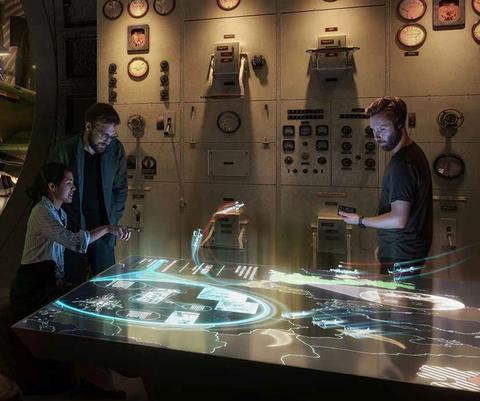
According to Wilkinson Eyre, the completed attraction is expected to draw in around 560 visitors an hour, but would have a peak occupancy up to 750 visitors an hour.
In addition to Wilkinson Eyre, London Tunnels’ team includes Gardiner & Theobald as project manager, Aecom as QS, WSP as project engineer and Future City as cultural consultant.
The City of London Corporation has set a target determination date of 18 March for the proposals. Camden Council has yet to validate the application.
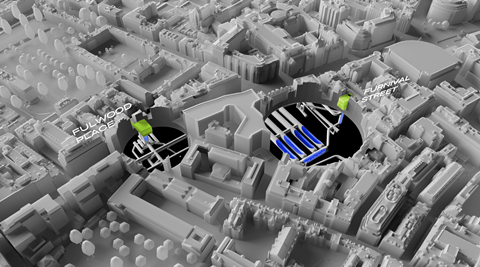









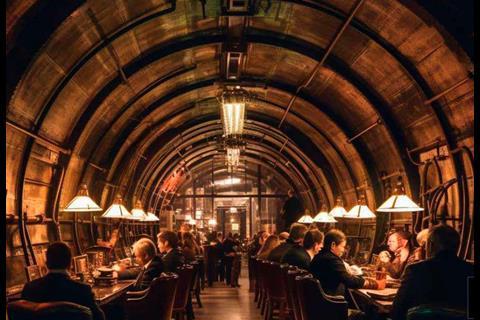

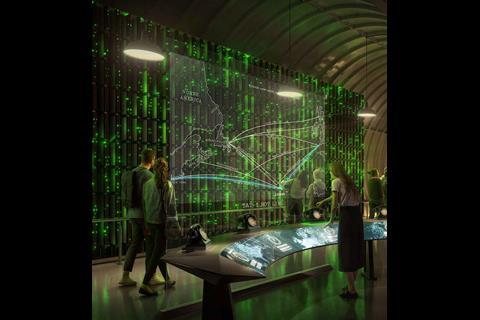





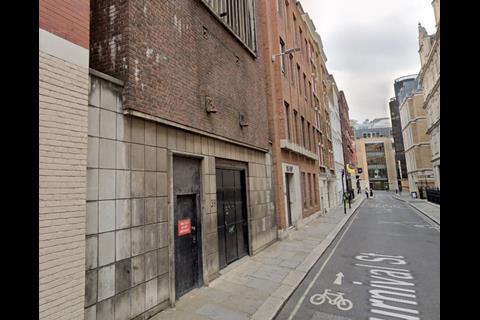


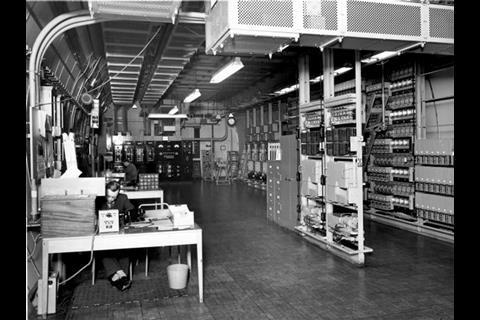
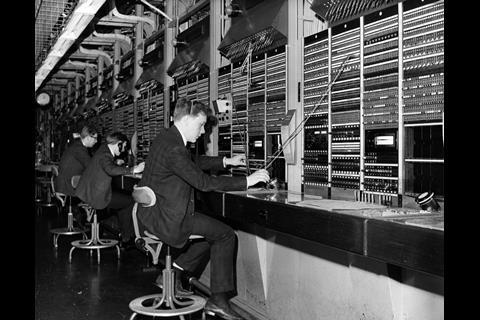
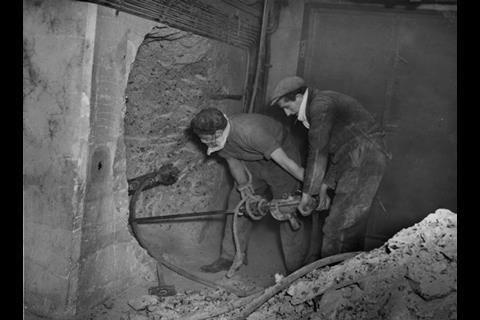

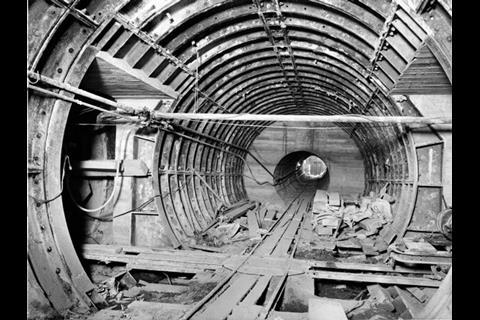








3 Readers' comments